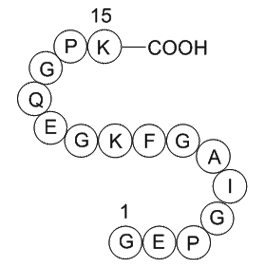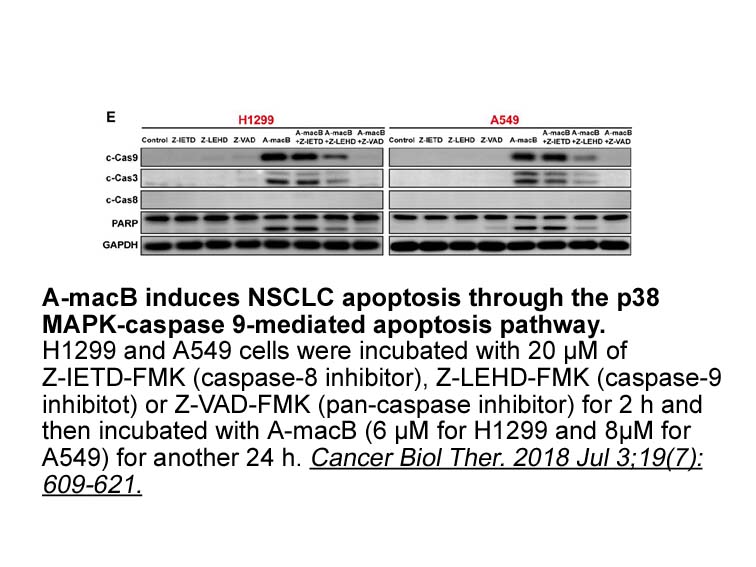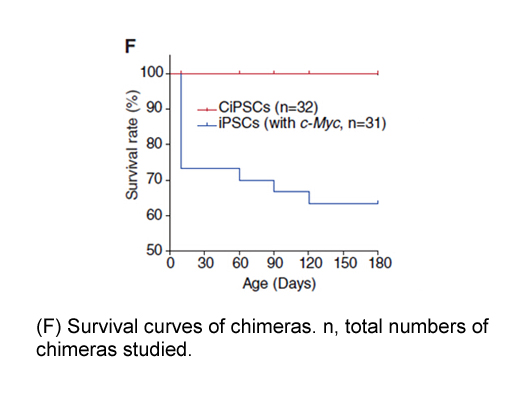Archives
- 2025-12
- 2025-11
- 2025-10
- 2025-09
- 2025-03
- 2025-02
- 2025-01
- 2024-12
- 2024-11
- 2024-10
- 2024-09
- 2024-08
- 2024-07
- 2024-06
- 2024-05
- 2024-04
- 2024-03
- 2024-02
- 2024-01
- 2023-12
- 2023-11
- 2023-10
- 2023-09
- 2023-08
- 2023-07
- 2023-06
- 2023-05
- 2023-04
- 2023-03
- 2023-02
- 2023-01
- 2022-12
- 2022-11
- 2022-10
- 2022-09
- 2022-08
- 2022-07
- 2022-06
- 2022-05
- 2022-04
- 2022-03
- 2022-02
- 2022-01
- 2021-12
- 2021-11
- 2021-10
- 2021-09
- 2021-08
- 2021-07
- 2021-06
- 2021-05
- 2021-04
- 2021-03
- 2021-02
- 2021-01
- 2020-12
- 2020-11
- 2020-10
- 2020-09
- 2020-08
- 2020-07
- 2020-06
- 2020-05
- 2020-04
- 2020-03
- 2020-02
- 2020-01
- 2019-12
- 2019-11
- 2019-10
- 2019-09
- 2019-08
- 2019-07
- 2019-06
- 2018-07
-
As suggested by previous data we
2019-09-21

As suggested by previous data [45], we identified that the N-terminal and C-terminal domains of DDX3 were enriched in intrinsically disordered regions (Fig. 6). We also found that this characteristic was conserved in the external domains of several homologs of DDX3 (from yeast to human) and all desc
-
Errors are detected by comparing the output
2019-09-21

Errors are detected by comparing the output data against an error free reference. After error detection, the process is restarted so that only one error is accounted. The susceptibility is inferred by the ratio between injected events and detected errors: = 100×errors÷events%. Error rates are obtai
-
Although DP technologies are convenient for users
2019-09-21

Although 3DP technologies are convenient for users to manufacture devices automatically, the printing materials are inevitably limited by the manufacturers of 3D printers. Strategies are increasingly being developed to functionalize the raw printing materials or their printed devices with other phys
-
br Introduction Mammalian proteases comprise
2019-09-21

Introduction Mammalian proteases comprise both the peptidases or exopeptidases, which act at the N- or C-terminal positions of polypeptides, and proteinases or endopeptidases, which are capable of cleaving peptide bonds in the central regions of polypeptides. The endopeptidases are classified in
-
Our study provides proof of principle for dimerizing two dif
2019-09-21

Our study provides proof of principle for dimerizing two different E3 ligases as a novel approach to inducing one ligase to degrade the other one. The outcome of ‘ligase versus ligase’ PROTAC-mediated activity might be unpredictable a priori, but could reveal a new mechanism for proximity-mediated h
-
Pyruvate dehydrogenase multienzyme complex PDHc catalyzes th
2019-09-21

Pyruvate dehydrogenase multienzyme complex (PDHc) catalyzes the oxidative decarboxylation of pyruvate, and subsequently acetylates coenzyme A (CoA) to acetyl-CoA during the tricarboxylic neuroscience peptides metabolic pathway using thiamine diphosphate (ThDP) and Mg2+ as cofactors. PDHc poses a key
-
br Results br Discussion In this
2019-09-21

Results Discussion In this paper we present insights into the observed specificities of inhibitors targeting the ubiquitin-activating and related E1 PPADS tetrasodium salt via crystal structures of the specific NEDD8-E1 inhibitor MLN4924, the dual NEDD8/Ub E1 inhibitor ABPA3, and the selectiv
-
br Acknowledgments Grant support was provided by the
2019-09-21

Acknowledgments Grant support was provided by the Leading Academic Discipline Projects of Shanghai Municipal Education Commission (J5028) (J50201) to Dr. Mi, the China National Science Foundation Project (81072076) to Dr. Mi, the China National Science Foundation Project (31000349) to Dr. Shen, a
-
Introduction Nucleic acids are polyanionic and their
2019-09-21

Introduction Nucleic acids are polyanionic and their negatively charged nucleotides allow the binding of cationic dyes, such as acridine orange (3,6-dimethylaminoacridine). Acridine orange (AO) was first synthesized in 1889, but its ability to bind nucleic acids was only reported in 1940, with grea
-
These data raised from human tissues suggested a
2019-09-21

These data raised from human tissues suggested a potential link between TGF-β1 signaling and linear invadosome machinery that may explain TGF-β involvement in HCC progression and invasion. Using HCC cultured cells, we confirmed that TGF-β1 stimulation increases the production and secretion of collag
-
pp3 clinical Arsenic could cause apoptosis in both benign an
2019-09-21

Arsenic could cause apoptosis in both benign and malignant cells (Akao et al., 2000, Gupta et al., 2003, Namgung and Xia, 2001). However, at present, little is known about the consequences of arsenic-treated urothelial cells in autophagy and expression of its related proteins. In addition, the alter
-
FIPI Herein we report the expression of shrimp
2019-09-21

Herein we report the expression of shrimp Cdk-2 in hepatopancreas, gills and muscle, finding higher expression in hepatopancreas and gills and lower expression in muscle. No significant changes due to hypoxia and hypoxia reoxygenation were detected on the expression of Cdk-2 in hepatopancreas and gi
-
br Results br Discussion Oxysterols and EBI have received
2019-09-20

Results Discussion Oxysterols and EBI2 have received growing attention in the field of immunology, with works highlighting an important role for EBI2 in immune cell migration. However, these studies are mainly limited to animal models (Chalmin et al., 2015, Hannedouche et al., 2011, Kelly et a
-
The important role of miRNAs in cellular
2019-09-20

The important role of miRNAs in cellular differentiation has been proposed recently. Previous studies had suggested roles for different miRNAs during osteogenesis [20]. Certain miRNAs could promote osteoblast differentiation, such as miR-194 [20], whereas others could inhibit the cell differentiatio
-
Subgroup analysis showed that patients with relatively lower
2019-09-20

Subgroup analysis showed that patients with relatively lower CrCl levels (>50–80 mL/min) were more likely to initiate treatment on a lower dose (17% for all DPP-4 inhibitors; 22% excluding linagliptin). Nevertheless, even in patients with higher CrCl value (>80–120 mL/min and >120 mL/min), at least
14851 records 954/991 page Previous Next First page 上5页 951952953954955 下5页 Last page